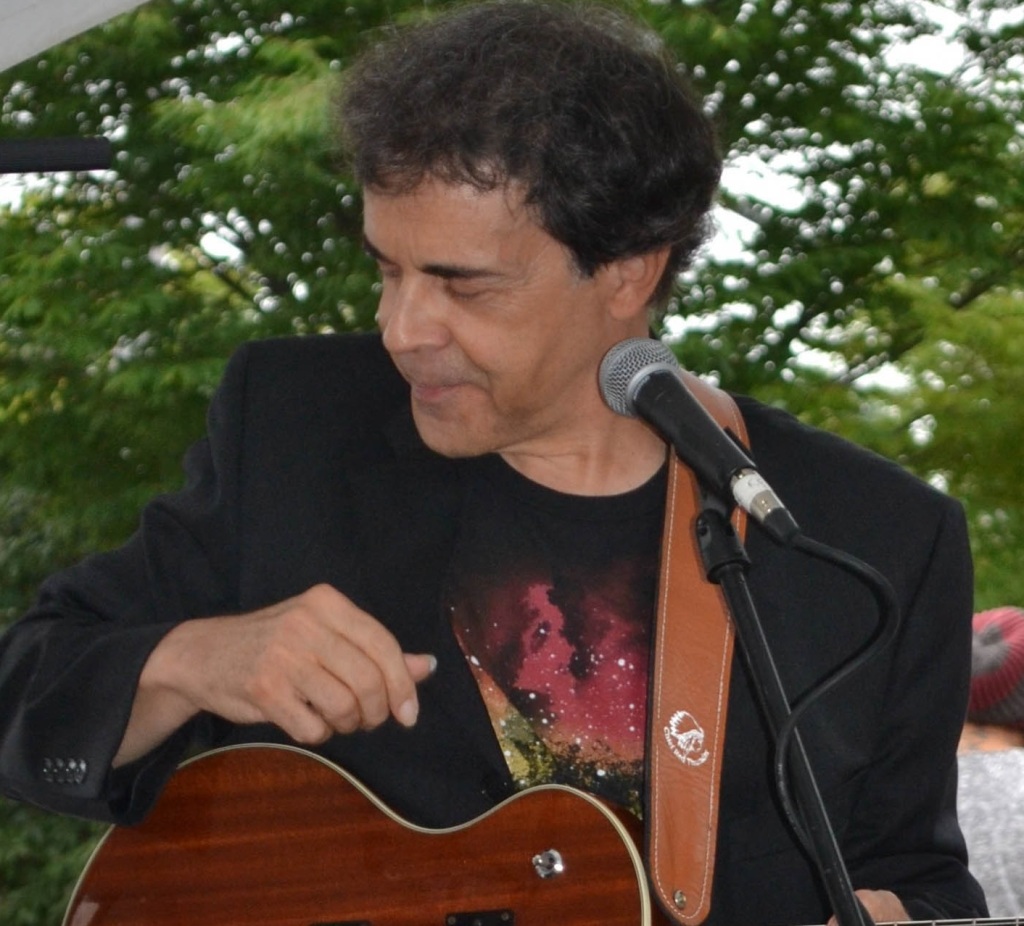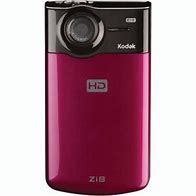
The venue, Elkins Park Station, is essentially one large, acoustically superb room, under the direction of a local arts organization. I have performed here previously as a solo guitarist, with my all-guitar trio and with straight-ahead groups. Apparently I’ve earned a good reputation — they’re willing to allow me to book any project I propose. The setting is also great for recording both audio and video — I have simple video recordings from my solo and trio dates as well as audio recordings done by the arts organization.


My son Matthew set up two stationary Kodak Zi8 cameras, stage left and right, on stands facing the trio. He didn’t have access to a handheld camera that day or we would have used three cameras. The audio was recorded with a TASCAM DR-40, with mics on the guitar amp and bass amp and the onboard mics directly in front of the drums, set A/B. We did record sound with the cameras, though it served only as a means to cue the audio track during post-production.
We brought home two separate video recordings and a 4-track audio recording. While I have a fair amount of audio production experience the idea of putting together a professional-looking video was something I wasn’t completely certain I could handle, even calling upon my son’s experience. But thinking back to all of my self-motivated ventures (website building, promo writing, album cover design and execution, recording and production) I really wanted to give it a try — if I found myself completely confounded I would call in a professional and humble myself before them.
After trying freeware video editing/production applications previously, I decided on NCH Video Pad Video Editor which can be found here: (https://www.nchsoftware.com/videopad/index.html). It cost $40USD and worked well for my earlier single-camera productions. There was a learning curve to utilizing two video files, but I worked through most of the details in about a day. I made it a point to study other artists’ concert videos and note how many angles the cameras worked from, how the zooms and pans were done, etc. Late one night I just dove into the track Tightwalk and began experimenting with the various functions of the applications and the ideas I had for how the final video should look.

I’m not going to do a step-by-step account of the process — it involved a lot of trial-and-error and taking breaks when I felt overwhelmed. I did quite lot of A/B with professionally-priced band and concert videos. The great thing about the editor is you can edit, cut, trim, delete sections, etc. and your original video file remains intact. This allowed me to create multiple versions with different effects (zoom, pan, closeups, transitions).
My son (who does have some video experience) was able to synchronize both cameras to start and stop simultaneously during the concert — the files from both cameras were exactly the same size and began at exactly the same second. This was a benefit when it came to syncing the two files — they were always perfectly in sync. I won’t go into details here about the audio production (though I can in a future post). I am currently using Reaper as my DAW. Syncing the audio wasn’t difficult — the video application shows audio tracks as graphic waveforms so visually syncing the produced audio track waveform to the camera audio waveform wasn’t at all diffcult. No lags, no out-of-sync moments.
The video of Tin Tin Deo can be viewed here: https://youtu.be/Yefr5nyW7kc. As is always the case, with everything I produce I always see things that I could do differently each time I watch this.
I hope this has been informative and encouraging.